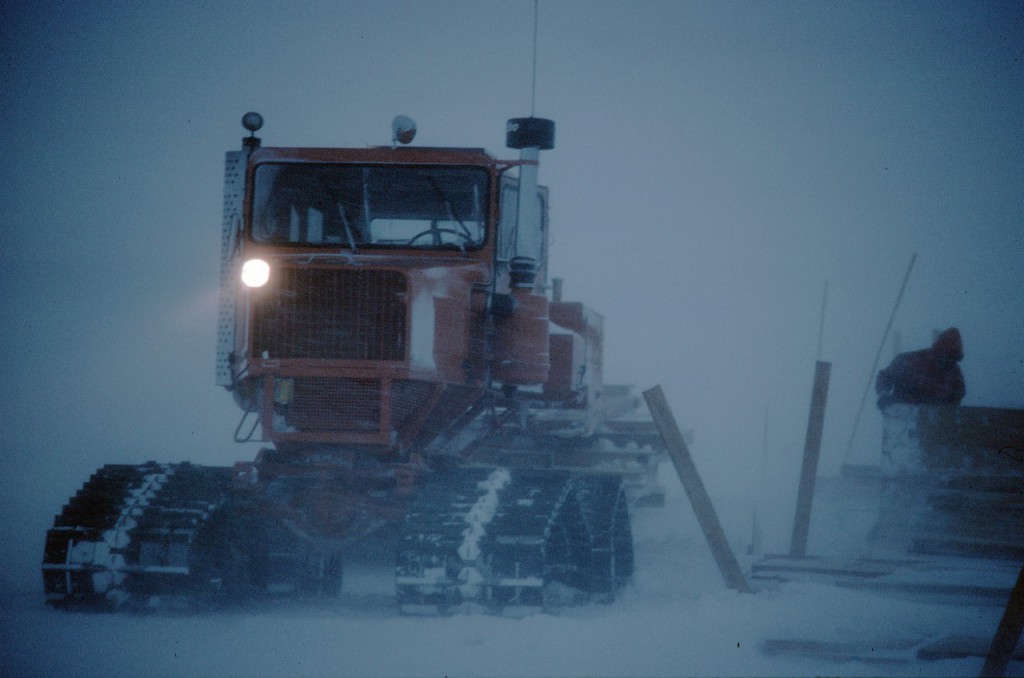Heavy-duty vehicles set to be shipped to the Antarctic went on show in Cambridge this week.
British Antarctic Survey showcased its unique fleet of vehicles at its offices in Cambridge. All are built to withstand temperatures as low as −50°C. Equipment included cranes, excavators and Sno-cat mobile transporters equipped with special escape hatches in case they fall through the ice.
A fleet of 500cc quad bikes and — the latest additions to the BAS fleet — Skidoo Skandic and Alpine snowmobiles help scientists skim over snow and ice at 80mph. There was also a 150 horsepower crane, originally used in the Canadian oilfields, and 22-tonne excavators which cost up to £150,000 new. These huge machines, bought to help repair the wharf at the BAS Rothera Research Station where BAS ships berth, require mighty 175 horsepower engines to push them to their top speed of 3mph.

BAS senior mechanic Ben Norrish said:
“These vehicles will be used for many purposes — transportation, people-carrying, digging and demolition — all in very harsh conditions. It’s important that the fleet is multi-purpose as there will be no way of transporting additional vehicles to Antarctica before the season starts this November.”
The vehicles are due to head south in September aboard research ships RRS James Clark Ross and RRS Ernest Shackleton, leaving on September 14 and 19. They are expected to arrive in Antarctica on Christmas Day, to support the British Antarctic Survey’s work at its five research stations.
About half the equipment is new this year, though nearly all the vehicles on display had been to the Antarctic before, and some, like the Sno-cat, have seen 13 years of service. Most have undergone in-house modifications to help them cope with the freezing temperatures.
Many have preheating technology to make engines easier to start and the majority use aviation fuel, which will not freeze even during the bitter Antarctic winter.
